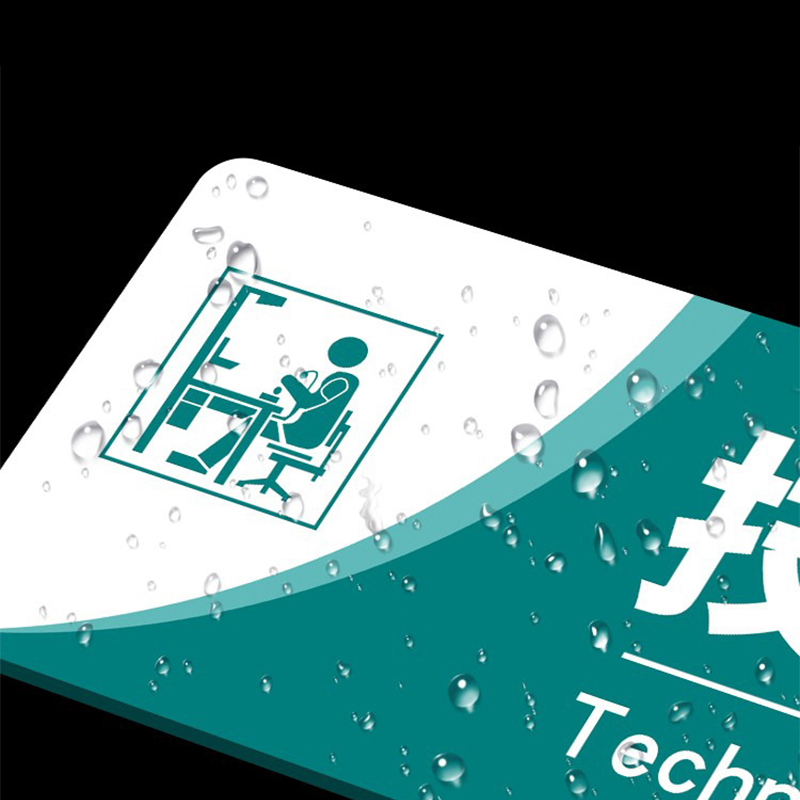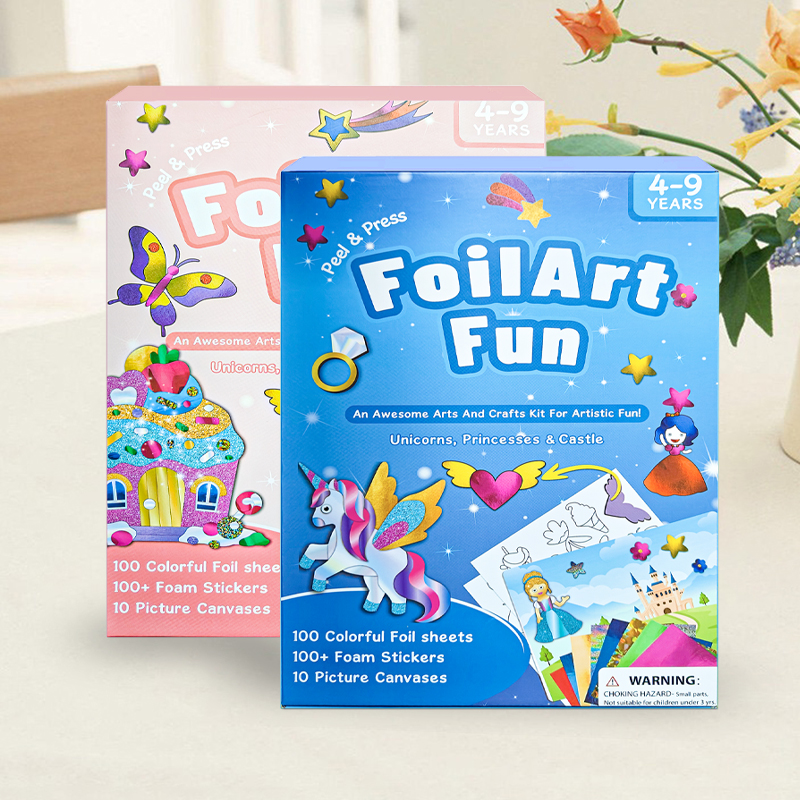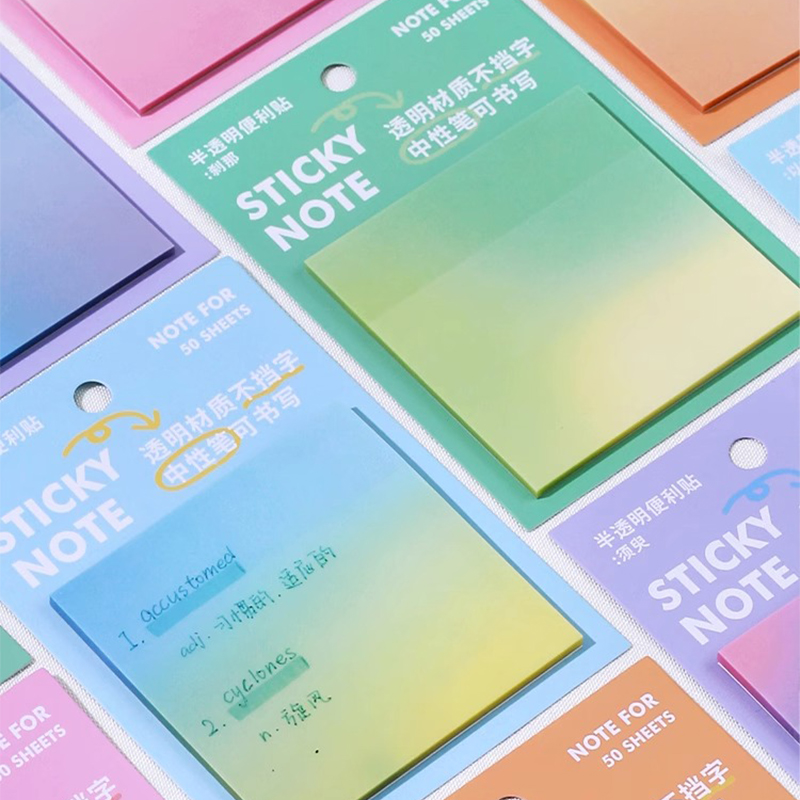Acrylic Signs Vs Traditional Sign: Materials 5 Things You Should Know
August 03, 2024
When you think about signs, you might picture a busy street filled with colorful signs guiding people. Signs help us find our way, understand rules, or get information. There are many types of signs, but two popular ones are acrylic signs and traditional signs . Each type has its benefits and uses. In this article, we explain acrylic signs vs traditional sign: materials 5 things you should know.

Acrylic signs vs traditional signs: 5 things you should know
Durability
Acrylic Signs
Acrylic signs are produced using a type of plastic known for its solidarity and strength. This material can endure brutal weather patterns, making it an extraordinary decision for open-air use. Downpours, wind, and sun don't handily harm acrylic signs. They are likewise impervious to breaking, and that implies they won't break into sharp pieces assuming they fall.
Traditional signs
Traditional signs can be produced using different materials, including wood, metal, and glass. Every material has various degrees of strength. For instance, wooden signs can spoil whenever presented with an excessive amount of dampness, while metal signs can rust. Glass signs are delicate and can break without any problem. By and large, traditional signs probably won't keep going as long as acrylic signs, particularly outside.
Appearance
Acrylic Signs
Acrylic signs have a cutting-edge, smooth look. They are accessible in many tones and complete the process of, including clear, iced, and hued choices. The material's smooth surface takes into account great printing, and that implies you can have dynamic and itemized designs on your sign. Acrylic signs can likewise be cut into different shapes, providing you with a ton of plan adaptability.
Traditional signs
Traditional signs can have a work of art or natural appearance, contingent upon the material used. Wooden signs can look warm and welcoming, while metal signs can seem durable and modern. Glass signs can have a modern and rich look. The plan prospects are expansive , however the completion probably won't be as smooth or current as acrylic.
Weight
Acrylic Signs
Acrylic is lightweight contrasted with numerous traditional sign materials. This makes acrylic signs more straightforward to ship and introduce. You don't require uncompromising equipment to hang them, which can save time and exertion. Their lightweight additionally implies less gamble of injury during establishment.
Traditional Signs
Traditional sign materials can be weighty. For instance, metal signs are much of the time weighty and require solid backings. Wooden signs can likewise be very robust, particularly assuming they are thick or huge. Glass signs, while exquisite, are weighty and delicate, requiring caution dealing with.
Cost
Acrylic Signs
Acrylic signs are for the most part reasonable. The expense can differ in light of the size, thickness, and finish of the acrylic. Handcrafts and unique highlights, such as backdrop illumination, can expand the cost. In any case, taking into account their toughness and adaptability, acrylic signs offer a great incentive for cash.
Traditional signs
The expense of traditional signs relies upon the material used. Wooden signs can be modest or expensive, contingent upon the type of wood and craftsmanship. Metal signs can likewise go in cost, with treated steel being more costly than aluminum. Glass signs will generally be on the pricier side because of the material and the gamble of breakage.
Support
Acrylic Signs
Acrylic signs are not difficult to clean and keep up with. You can just wipe them down with a clammy material to eliminate residue and soil. They don't need unique medicines or coatings to remain looking great. In any case, they can scratch, so dealing with them with care during cleaning is significant.

Traditional signs
Upkeep for traditional signs differs with the material. Wooden signs could require normal staining or painting to safeguard them from the components. Metal signs can rust and could require medicines to forestall consumption. Glass signs should be cleaned cautiously to keep away from streaks and breaks. Traditional signs frequently require more upkeep than acrylic signs.
Where to find Acrylic Signs?
Searching for the best acrylic signs? Look at Desenstyle, the most believed provider of acrylic signs. They offer top-quality items that are ideal for any need. You can track down a wide statement of plans and sizes. Their client care is well- disposed and accommodating. In addition, their costs are perfect! Desenstyle guarantees you get the best incentive for your cash. With their solid assistance, you can't turn out badly. In this way, for all your acrylic sign necessities, visit Desenstyle. They are the top decisions for quality and fulfillment.
Final Words
Both acrylic and traditional signs enjoy their one-of-a-kind benefits and hindrances. Acrylic signs are strong, lightweight, and present-day looking, making them a flexible decision for some applications. Traditional signs, then again, offer a scope of appearances and can be truly tough, contingent upon the material. While picking either acrylic or traditional signs, consider factors like sturdiness, appearance, weight, cost, and support to settle on the most ideal choice for your necessities.
FAQs
Are acrylic signs suitable for outdoor use?
Yes, acrylic signs are entirely strong and can endure cruel weather patterns, making them ideal for outdoor use.
How do I clean acrylic signs?
You can clean acrylic signs with a soggy fabric. Try not to use rough materials to forestall scratches.
Which are more cost-effective, acrylic or traditional signs?
Acrylic signs are by and large more reasonable and offer great incentive for cash because of their toughness and low upkeep. Traditional signs' expenses shift broadly contingent upon the material used.




